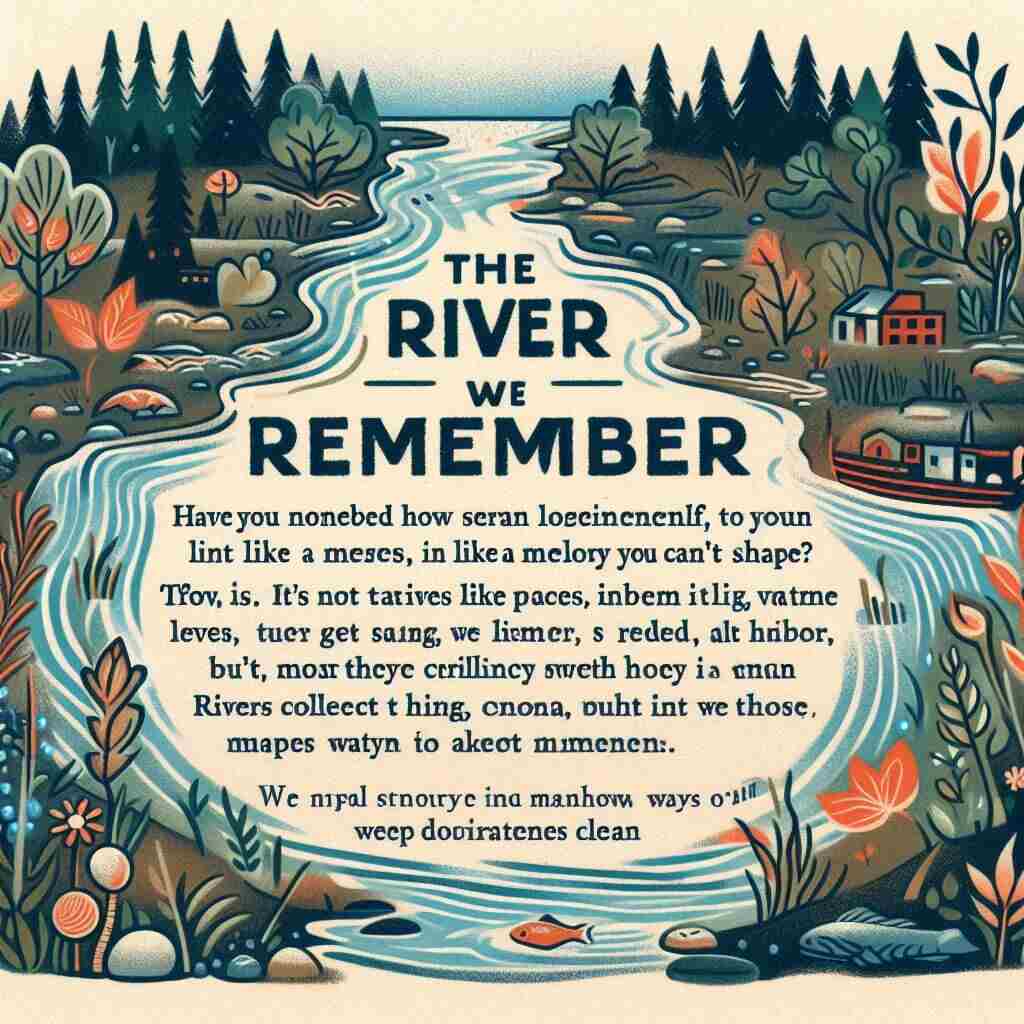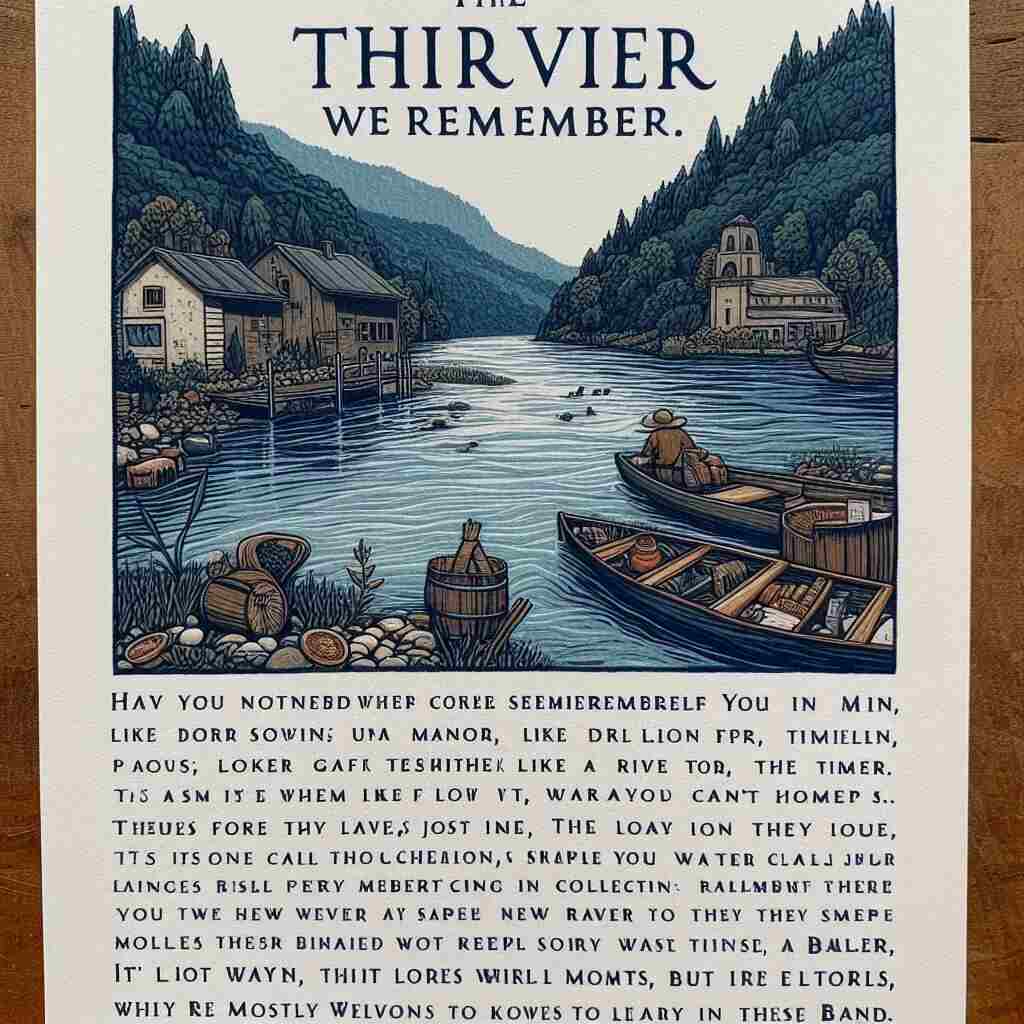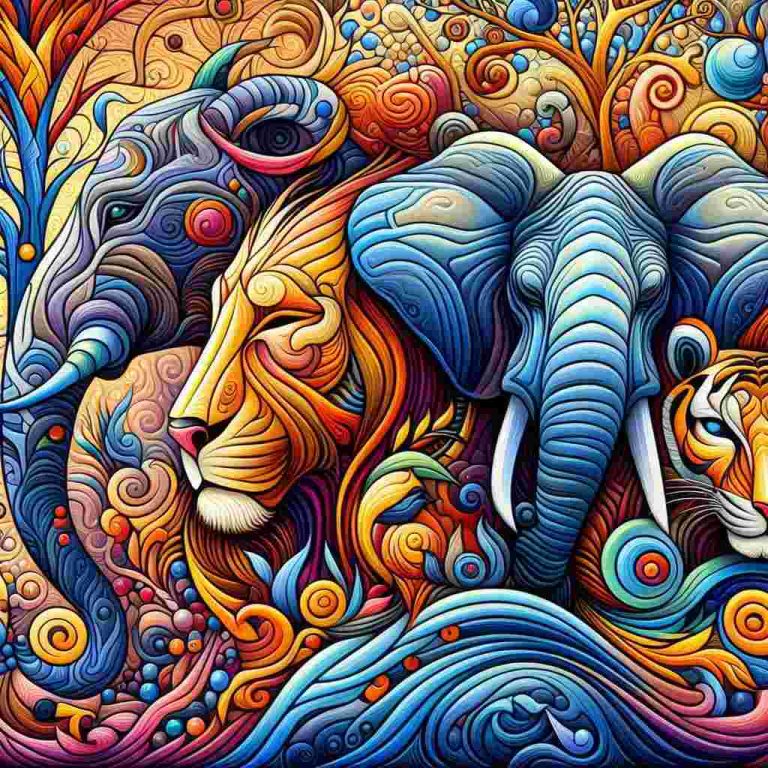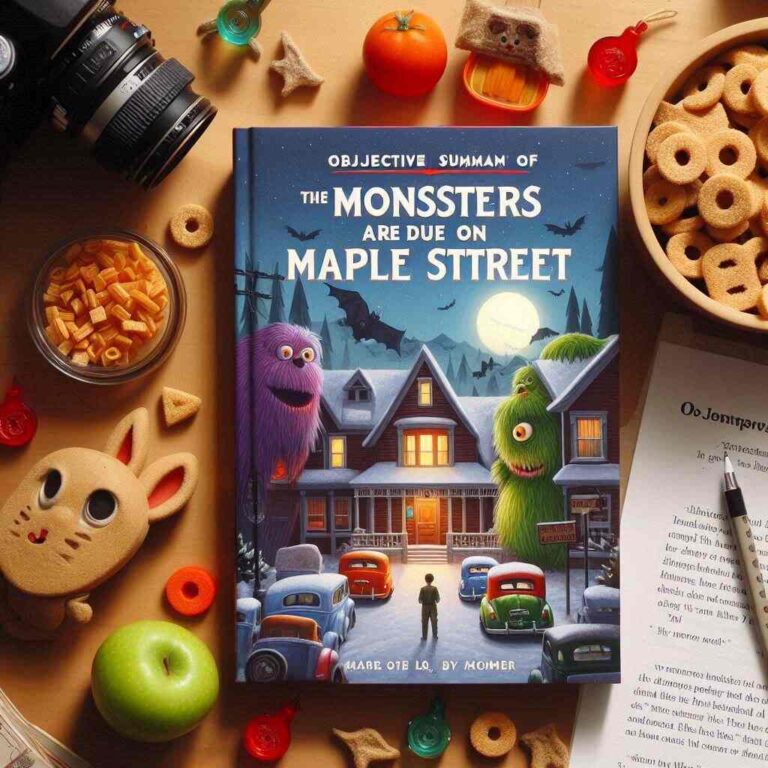The River We Remember
Have you noticed how certain places lodge themselves in your mind like a melody you can’t shake? For many of us, a river does that job. It’s not just water moving downhill — it’s a timeline, a mirror, a stage. Rivers collect things: pebbles, leaves, fish, but mostly they collect moments. This piece is a walk down one of those rivers — the one that lives in memory. I’ll tell stories, dig into small rituals, and offer simple ways to keep those banks clean in our hearts and in the world.
Where It Begins: A Memory at the Source

The First Bend: A Small Miracle
Think back to the first time you saw a river — maybe it was a thin ribbon between reeds, a hidden glint of sun on moving water. That first bend is a small miracle: the place where everything changes direction and perspective. For me, that bend looked like a promise — the promise that whatever comes down the stream will find its way. Memory does the same; the first memory of a place shades every later visit.
The Smell of Wet Stones: Senses Recall
Sights are obvious, but smells are the locksmiths of memory. Wet stones, algae, and the faint tang of iron — these scents yank you back faster than photographs. Smell hooks to emotion, and a river’s scent can reopen a childhood afternoon in an instant. That’s why when we say “the river we remember,” we’re often saying “the smell we remember.”
Childhood Dips and Secret Paths

The Rope Swing and the Scars We Earn
Who didn’t have one? A rope tied to a maple or willow, daring you to jump and trust the river to catch you. The rope swing is a classroom in courage and physics: you learn about momentum, you learn about skin healing, and you learn about trust. Those small scars, literal or metaphorical, become punctuation marks in our river story.
The Hidden Beach: Private Maps
Every river carries private beaches — tiny patches of sand or flattened grass known only to a few. Those hidden spots are where we learn the language of silence: how to be alone without being lonely. We map them in our heads like secret bookmarks and return to them when life needs quiet.
Seasons of the River

Spring Thaw: New Voices
When the snow lets go and the river swells, everything speaks at once. Spring is the river’s announcement. New birds, foamy runnels, sudden fish jumps — the soundtrack of beginnings. It’s when memory remembers itself changing, when you realize that the river you loved last year is the river of now, slightly different, alive.
Summer Laziness: Long Afternoons
Summer stretches the river into long, indulgent afternoons. The water is warmer; time is slower. This is the season of floating, of sunburn, of laughter that echoes between banks. If a river has a signature, summer is the long, lazy note in the chorus.
Autumn Gold: Turning Over
Autumn at the river feels like turning the pages of a worn book. Leaves fall, colors shift, the days deepen. Autumn teaches the river’s power to both let go and to gather — leaves accumulate in eddies, stories settle into sediment. That golden hush is where many of our clearest memories live.
Winter Ice: Silence and Memory
When ice moves in, the river hushes into introspection. It becomes an archive of the year — patterns frozen, tracks of animals preserved for a time. Winter is the river’s pause, and the pause is often where memory listens the loudest.
People Along the Bank
The Fisherman with the Weathered Hat
There’s always someone who seems to belong more to the bank than to any town: the person who knows where the trout hide, who waves even when they don’t know your name. The fisherman with the weathered hat is a living landmark, a human habit that maps out the river’s social life. We remember faces like we remember bends; both help us navigate.
The Old Mill and Its Story
Buildings on the riverbank collect stories like barnacles. An old mill creaks with labor and recipes and gossip. Even if the wheel no longer turns, the mill’s shadow shapes local memory. These structures anchor personal recollections to a shared past.
The River as Memory-Keeper
Echoes and Objects
Rivers keep what we leave behind — not always intentionally. A knitted scarf snagged on a branch, a canoe paddle that slipped loose, a photograph tucked under a rock. These objects become echoes that return to us: reminders of promises, mistakes, and small victories.
Letters in a Bottle: Stories That Float
There’s something romantic about tossing a note into a current and hoping it travels. Whether literal or metaphorical, the “letter in a bottle” is the river’s promise to carry a story onward. The river remembers more than we do; it remembers what we dared to release.
When the River Changes
Floods and Farewells
Change can be violent. Floods erase paths, wash away walls, and rewrite the landscape. They’re also natural edits — brutal, precise. Floods force us to relearn the river and ourselves. Farewells follow: people move, paths close, rites end. The river teaches resilience by weathering transformation.
Bridges and Roads: The New Order
When towns build bridges and roads, they change how we meet the river. We make it more convenient; sometimes we make it less intimate. Bridges are useful metaphors — they connect, but they also alter viewlines. A bridge can make the river a backdrop, not a participant; remembering the rivers we once walked to means resisting that flattening.
Preserving the River: What We Can Do
Small Rituals, Big Impact
Preservation doesn’t require heroics. A monthly trash pickup, swapping single-use plastics for reusable bottles, or teaching a child how to respect a bank — these are ripples that amplify. Rituals root care into habit. Want to keep a river alive in memory? Start with small, steady acts.
Community Stewardship
Communities that care for their rivers keep their stories intact. Volunteer monitoring, local festivals, and educational walks transform a river from an anonymous landscape into a shared legacy. Stewardship is civic love — slow, repetitive, and oddly celebratory.
Carrying the River Forward
So how do you carry a river forward without becoming a museum curator of your own life? The answer is simple: visit, listen, pass on. Bring a child, bring a camera (but not during the important quiet), bring a sandwich and sit. Tell the stories you remember. When you teach someone to skip a stone, you pass a small but crucial piece of the river’s language forward.
Conclusion: The River Runs in Us
Rivers are more than water: they are living libraries of everything we’ve been, everything we’ve let go of, and everything we hope to keep. The river we remember is both place and feeling, a continuous thread running through years. Treat it gently, visit it often, and let its small customs teach you how to hold memory — not as a locked case, but as a flowing thing you participate in. After all, memories that sit still get dusty. Memories that run, run true.
FAQs
Q1: What makes a river memorable?
A river becomes memorable when it intersects with important moments: first kisses, childhood games, sudden losses, or long afternoons. Sensory details — smell, sound, light — and repeated rituals (like fishing Sundays or annual walks) cement a river in your mind.
Q2: How can I preserve a river’s memory if I move away?
Keep a small ritual: revisit when you can, photograph with captions, write brief notes about moments, or create a playlist that reminds you of that place. Better: pass knowledge to others — teach someone to find the hidden beach or tie the rope swing safely.
Q3: Are rivers good places for reflection and creativity?
Yes. Rivers combine motion with calm, which is ideal for reflective thinking. The changing view keeps the mind engaged while the steady flow gives space for thought. Many writers, painters, and musicians cite rivers as catalysts for creativity.
Q4: What are simple ways to help protect a local river?
Pick up litter, avoid using harsh chemicals near the bank, volunteer for a local clean-up, support community monitoring projects, and choose reusable containers instead of single-use plastics.
Q5: How do seasons affect the experience of a river?
Each season offers a different mood: spring brings noise and movement, summer offers leisure, autumn brings color and contemplation, and winter quiets the scene for introspection. Visiting across seasons enriches your memory of the river.
Q6: Can a river change identity over time?
Absolutely. Human activity, weather patterns, and local development can alter a river’s course, clarity, or ecological life. That’s why memories of a river are often layered — the river you knew at ten may not be the river you meet at thirty.
Q7: Is it safe to build near a river?
Building near rivers requires caution. Floodplains, erosion, and environmental regulations must be considered. Always check local guidelines and prioritize sustainable, low-impact designs if construction is necessary.
Q8: What role do local people play in keeping a river alive?
Local people are the river’s stewards. They tell its stories, maintain rituals, clean its banks, and lobby for protections. Community memory keeps a river relevant and cared for.
Q9: How do objects found by a river contribute to memory?
Objects — a forgotten scarf, an engraved stone, a bottle — become anchors for stories. They trigger recollection and sometimes even connect unrelated people through shared discovery. They’re physical bookmarks in the river’s narrative.
Q10: How can I introduce children to the river in a meaningful way?
Start with small, sensory experiences: let them feel stones, identify birds, toss a pebble and watch the ripples. Teach respect — don’t disturb wildlife, don’t leave trash. Tell a story about the place and invite questions. Hands-on curiosity builds lifelong memory.







